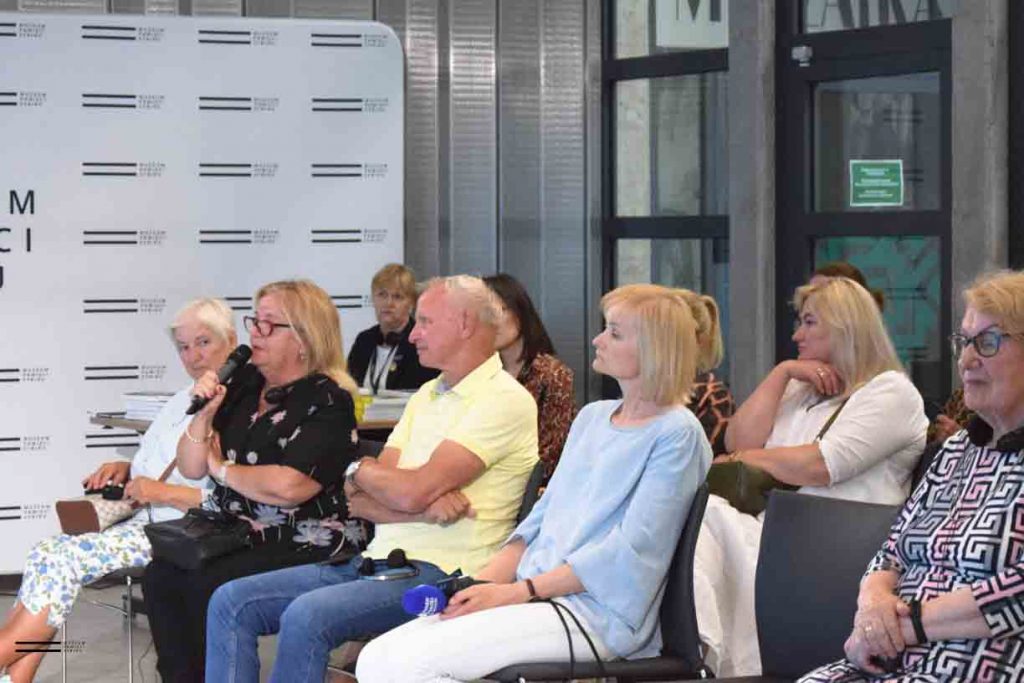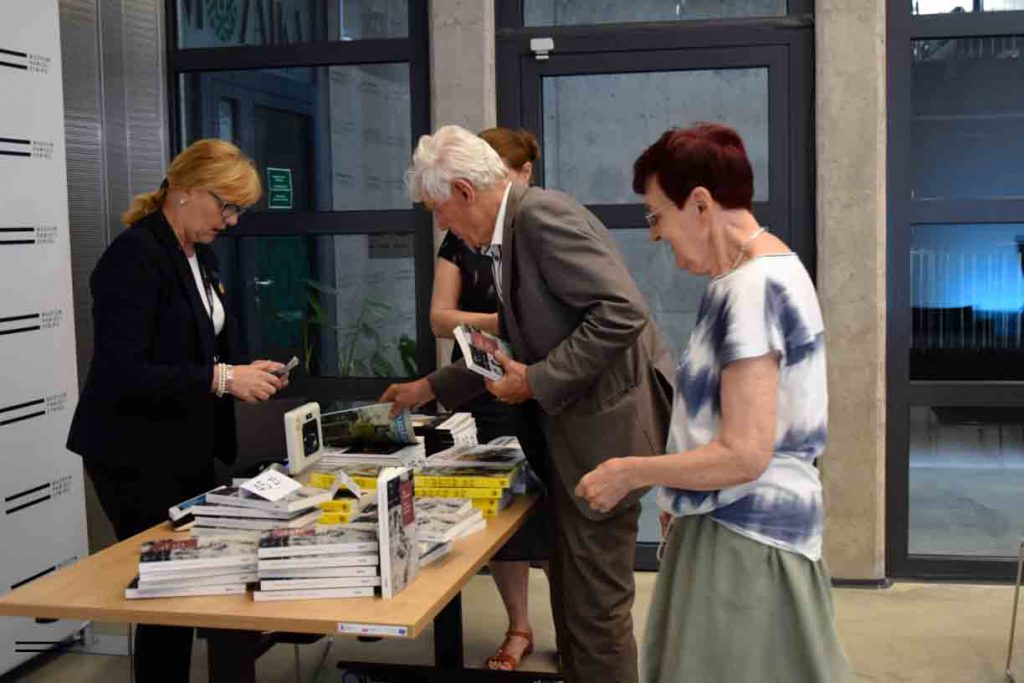The meeting co-organized by the Sybir Memorial Museum and the Embassy of the Republic of Lithuania in Poland on Monday, June 19, was attended by guests from Lithuania and historians from the Museum. The following people came to Białystok: the Ambassador of the Republic of Lithuania, Eduardas Borisovas, the translator of the book “Lithuanians by the Laptev Sea”, Vytenė Saunoriūtė-Muschick and the Director of the Center for the Study of Genocide and Resistance Movement of Lithuanian Residents, Arūnas Bubnys, PhD.
The ambassador of the Republic of Lithuania spoke about the memory of the Soviet deportations that affected Lithuanians from 1941:
— Our generation remembers the memories of our grandparents, fathers. It is important to pass this story on to new generations, but also to the West, which did not understand what the Soviet Union was. That is why this type of literature and museums such as the Sybir Memorial Museum are important — emphasized Eduardas Borisovas.
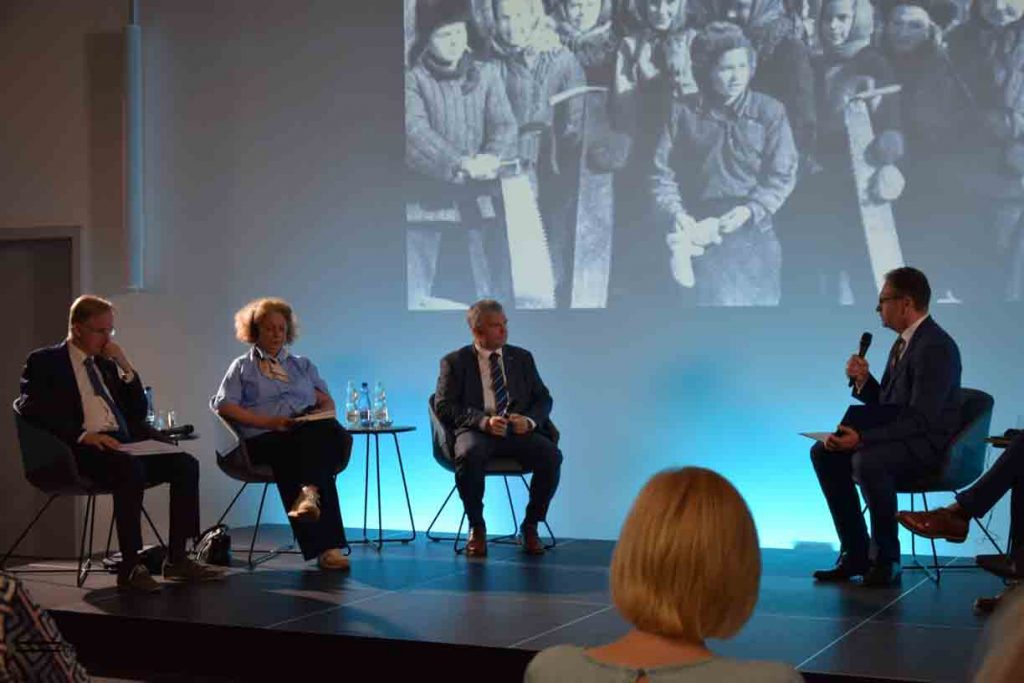
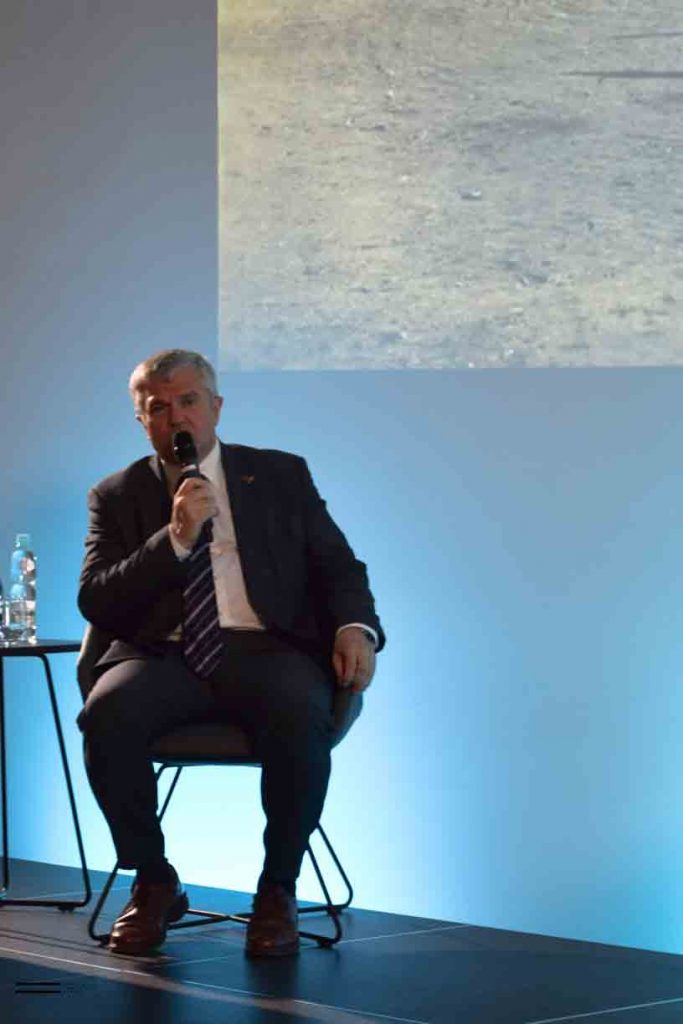

— The real breakthrough in relations with Russia began in the 2000s, and ended in 2004, when Russia moved towards repression. In the early 1990s, Lithuanian youth traveled to Siberia to tidy up cemeteries. When relations with Russia deteriorated, the focus was on trips to Kazakhstan — explained the Lithuanian ambassador.
Director of the Sybir Memorial Museum, professor Wojciech Śleszyński, explained:
— For us, the process of Soviet deportations begins earlier, in February 1940. The first deportation of Lithuanians is the fourth for Poles, in June 1941. It begins in the Baltic states, and is interrupted in Poland by the German attack on June 22, 1941, which was unexpected for the USSR. Here on our lands, the Soviets did not manage to finish the deportation.
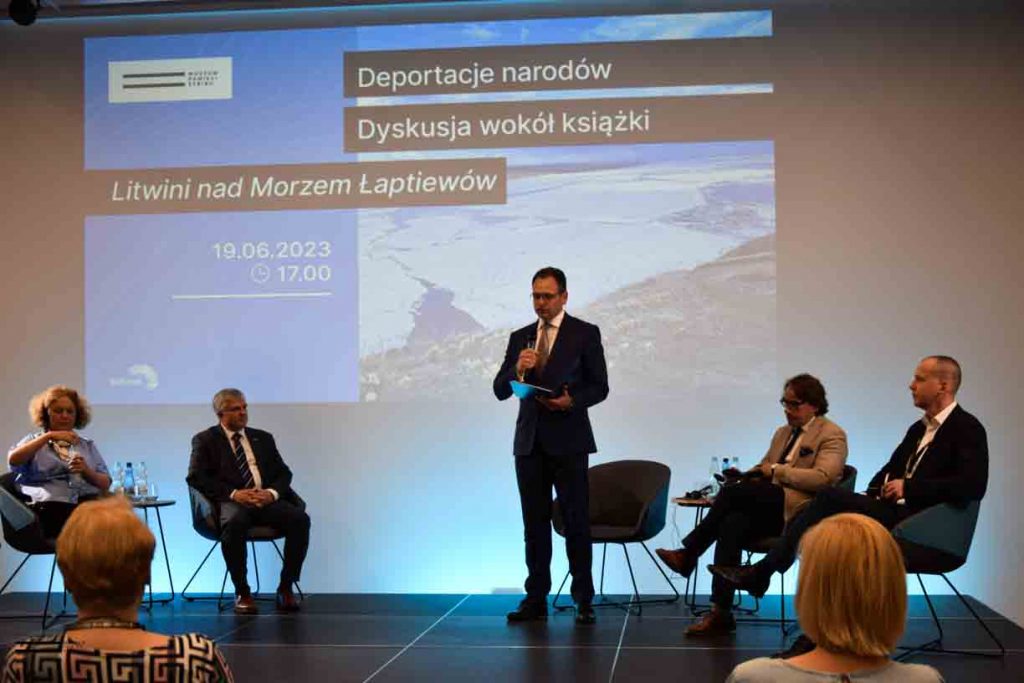



— When it comes to awareness, especially now, when the war in Ukraine is going on, we realize that we, all nations from this part of Europe, should speak with one voice and not divide this story into Polish, Lithuanian, Latvian or Estonian, but try to tell it as an experience of this part of the world. Only with such a message can we reach the inhabitants of other parts of the world — professor Śleszyński appealed.
— Of course, for every nation “our suffering is the most important”. But what is important: it is inscribed in the criminal policy of the Soviet Union, which has been carried out in these areas since 1939 in the case of Poland, and since 1940 in the case of Lithuania. But let us remember that mass deportations started even earlier. Poles, who found their way to Kazakhstan met their compatriots, who had been there since 1936. Lithuanians were also sent to Kazakhstan.
Arūnas Bubnys, PhD, talked about the deportations in 1941 from the perspective of Lithuanians:
— In Lithuania, few people knew that this was the fourth deportation carried out by the Soviets. On June 14, 1941, the action covered all countries occupied by the Soviet Union, starting from Estonia, through Lithuania, Latvia, Belarus, western Ukraine and Moldova, then called Bessarabia. In Lithuania, the action made a great impression, never before had so many people been arrested and deported. This shocked Lithuanians.
— In addition, as part of this deportation, the heads of the family were separated from their relatives, this was not repeated in the post-war deportations. Most people were deported to Altai Krai, but in 1942 about 3,000 of them were sent further north — to Yakutsk, to the Lena, beyond the Arctic Circle. The mortality rate among the deportees was higher than during the siege of Leningrad — emphasized the Director of the Center for the Study of Genocide and the Resistance Movement of Lithuanian Residents.
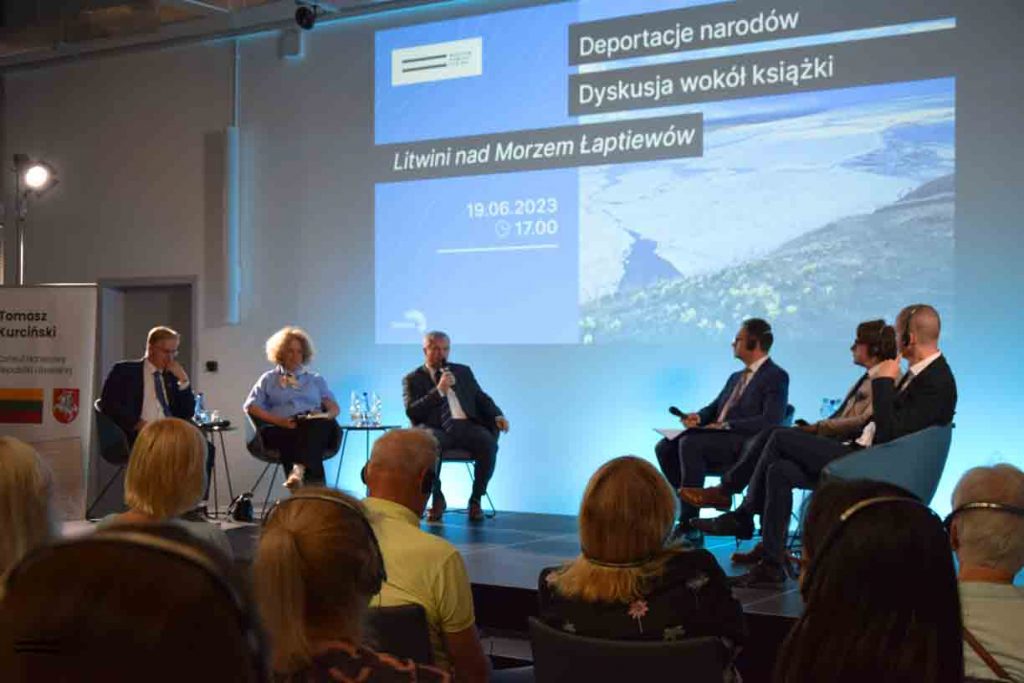

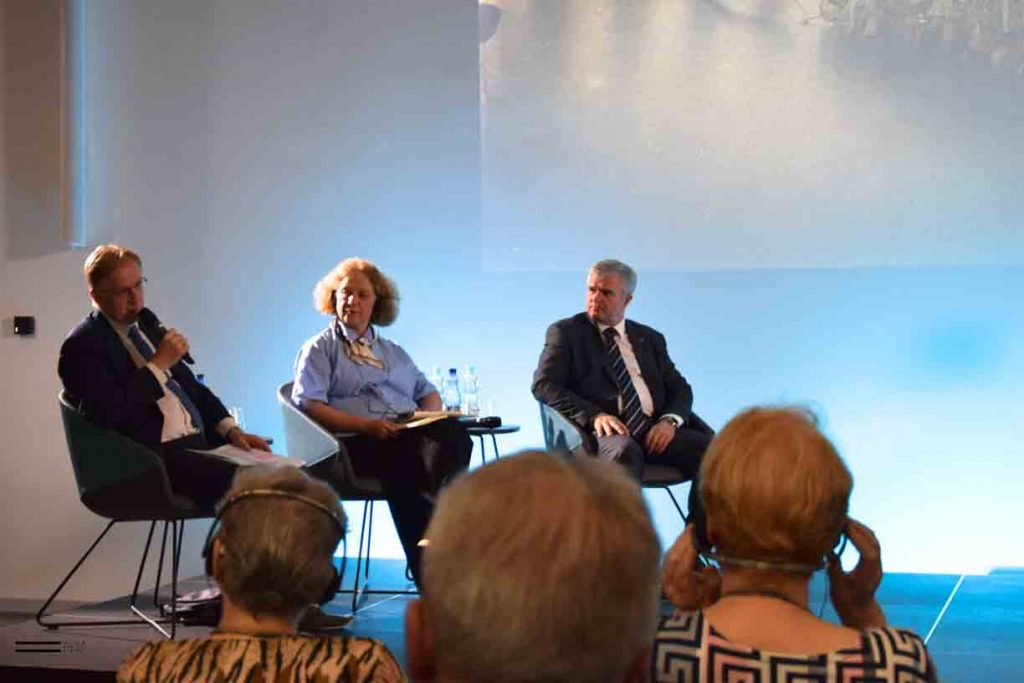
— Lithuania was a small country, it had about 3 million inhabitants. Most of the population lived in the countryside, only 20% lived in cities. The ethnic composition of people deported from Lithuania was 73% Lithuanians, 10% Poles, 13% Jews, a total of 130,000 people — which corresponded to the social structure of Lithuania at that time. Less than half of those deported in this operation survived. In addition, 150,000 Lithuanian citizens were imprisoned in Soviet gulags. Another 20,000 people died in the partisan war of 1944-53, in the so-called “war after war” in Lithuania… — explained Arūnas Bubnys.
As part of the meeting, excerpts from Dalia Grinkevičiūtė’s book “Lithuanians by the Laptev Sea” were read, translated by Vytenė Saunoriūtė-Muschick, who was present in the room.
This is how the translator recalled her family’s experiences and her acquaintance with Grinkevičiūtė:
— My mother was one year old when she was on the deportation list, but she was not deported. The history of my family is not unique, most Lithuanians experienced it. But in the times of communism, it was not discussed, it was a taboo subject — said Vytenė Saunoriūtė-Muschick.
— I met Dalia, she lived with my aunt. But I didn’t know her story. Her memoirs were first published in the pro-independence press. In Lithuania, it was like an explosion, a shock, because people did not know their history — said the interpreter.


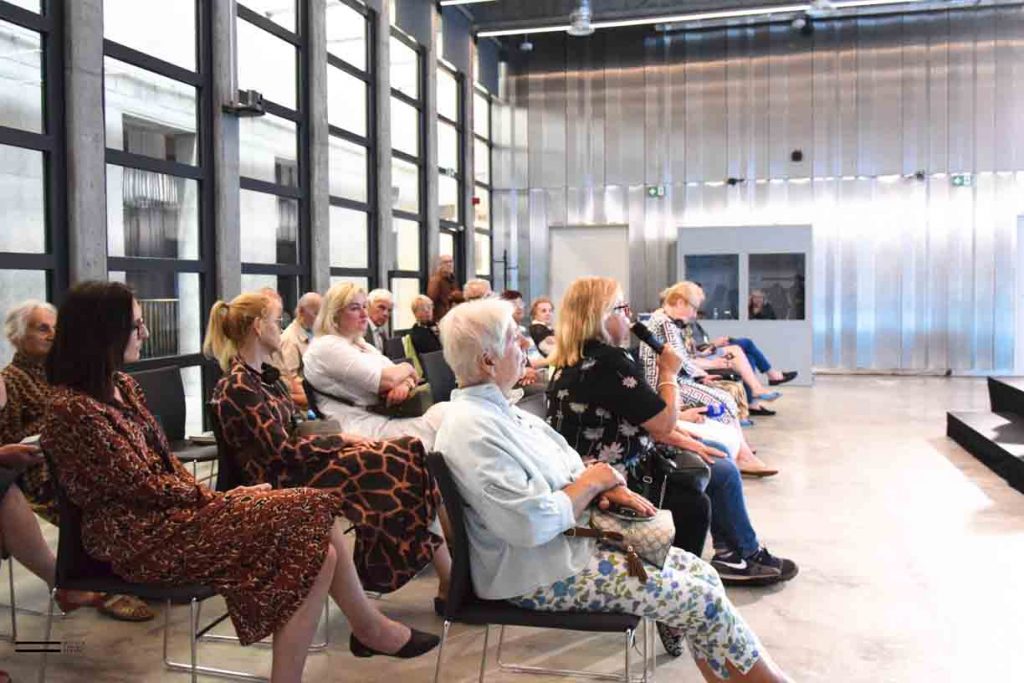
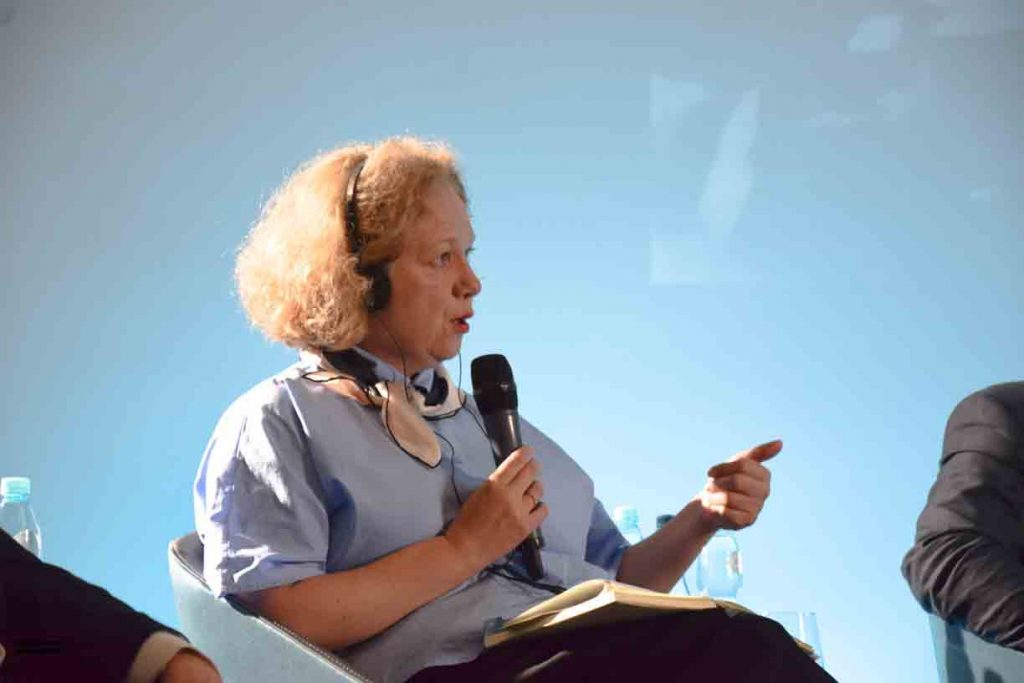
Dalia Grinkevičiūtė was 14 years old when in June 1941 she was deported by the Soviets from her hometown of Kaunas with her mother and brother. They stayed in the Altai Krai for a year — and as she wrote in her memoirs — as soon as they managed to acclimate, the Lithuanians were transported even further, to the most difficult conditions possible: beyond the Arctic Circle.
They ended up on Trofimovsk Island at the mouth of the Lena River to the Arctic Ocean, where extreme conditions prevail for half a year: polar night, frost, snow storms. Slave work, hunger and living in underheated barracks covered with snow — few survived the first winter.
After moving to Yakutia, where Dalia was allowed to study, she fled to Lithuania with her mother, who dreamed of dying in her home country. When she died, Dalia secretly dug her mother’s grave in the basement of her family home in Kaunas so it could never be found by the authorities. At that time she also wrote down her memoirs and buried them in a jar in the garden. Unfortunately, the Soviets discovered her presence in Lithuania — she was again deported deep into the Soviet Union.
After finally returning to her hometown of Kaunas, Grinkevičiūtė trained as a doctor. She wanted to help people, so she became a doctor. However, she was fired from her job because she was “uncomfortable”. Even though she was broken so many times, she remained steadfast — said Saunoriūtė-Muschick.
Grinkevičiūtė was unable to find the buried memoirs, so she rewrote them. The original manuscript was found after the author’s death.
The Polish edition of “Lithuanians by the Laptev Sea” contains both texts by Grinkevičiūtė — the first one is full of emotions and dramatic descriptions. The second one shows efforts to provide posterity with as much information as possible about people, who were companions in misery.
Dalia Grinkevičiūtė’s book “Lithuanians by the Laptev Sea” published by the College of Eastern Europe can be purchased at the stationary store of the Sybir Memorial Museum.

